#Cool sea creatures
Note
hi
what's this one cause I have questions

1; is it edible
2: fun facts about it
THAMK YOU
That is a flying gurnard (Dactylopterus volitans)!

To answer your first question, they are edible! They're steadily becoming a more popular food choice because they have a relatively low oil content.


The first thing you might notice about this species is their very large pectoral fins. It's believed that their primary use is to scare off predators. Often the fish rest on the seafloor with the large fins tucked in, only displaying them when threatened. Additionally, they have finger-like segments of their pectoral fins which they use to walk across the sea floor.
These fish can also make noises! Using their swim bladder and jaw, they can make a grunt-like sound believed be used to scare off predators or communicate with each other.
#marine biology#science#animal facts#wildlife#biology#marine life#animals#marine ecology#ocean#fun facts#fish#weird fish#fishblr#cool fish#marine ecosystem#marine animals#aquatic#sea creatures#sea life#environment#environmental science#ecology#conservation#environmentalism#flying gurnard#cool animals
403 notes
·
View notes
Text
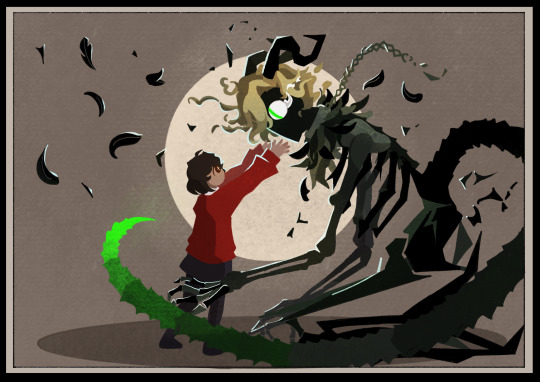

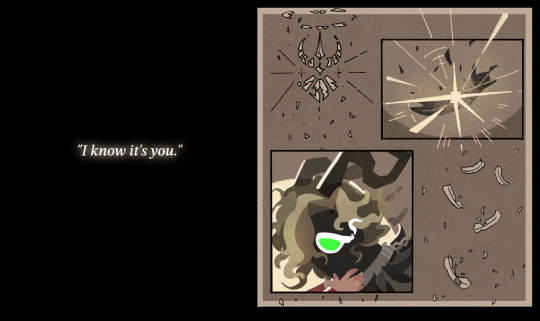

one thing about ik is that she will always reach out
#obey me#art#i had the idea for this and managed to bulldoze through drawing it all without losing motivation halfway through#but Do Not expect me to post art this frequently in future#idk how to do panels so if the middle bit with the text might be laid out weird#i added the stars and feathers and stuff because there was a bunch of empty space around the boxes#obey me satan#jtta ik#(btw the crumbling symbol next to the exploding feather is the wrath symbol from in-game)#(with the pride symbol attached upside down at the bottom)#(not so much symbolism as it is just me whacking you over the head with the point but it looks cool)#i had a lot of fun doing satan's more monstrous design so i might try my hand at some of the other demons later?#i do have some ideas for levi (deep sea creatures are just really fun)#also happy nightbringer release day!! it showed up on my homescreen like half an hour ago and i was like “wait what”#for some reason i thought it wasn't releasing til next week??#the new genshin patch is today as well so looks like i'll have plenty to do with the rest of my free time for the easter hols#(i promise i'm also working on the next chapter of jtta but i am so stuck on how to get lucifer actually Talking)#anyway. here's a gold star for making it through all my rambling in the tags for anyone who did so: ⭐
5K notes
·
View notes
Text
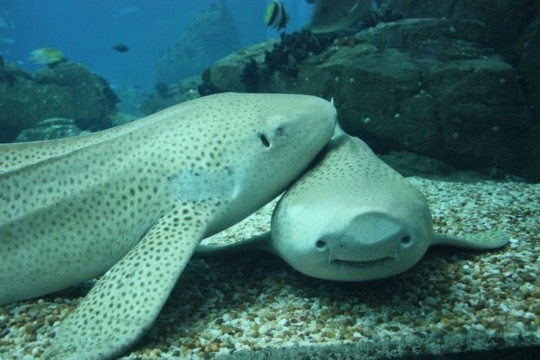
I think i have the flu 💀
2K notes
·
View notes
Text

Meet the Caribbean reef octopus (Octopus briareus)! This reef-inhabiting cephalopod lives in warm shallow waters, spanning southern Florida to the Caribbean, through to South America’s northern coast. It’s distinguished by its eye-catching blue coloring, but this master of disguise can change its looks in an instant. Like other octopuses, it uses pigmented cells in its skin, called chromatophores, to alter its appearance. When confronted by a foe, such as a shark, it may emit a cloud of unpleasant-tasting ink to deter its enemy from further pursuit.
Photo: francoislibert, CC BY-NC-SA 4.0, iNaturalist
#science#natural history#nature#animals#ocean life#octopus#fish#sea creatures#coral reef#did you know#fact of the day#animal facts#marine biology#cool animals#camouflage
950 notes
·
View notes
Text


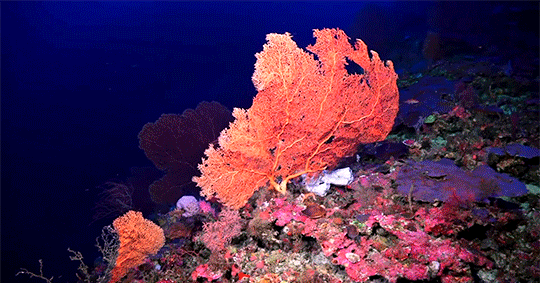


the deep ocean ⋆⭒˚。⋆
#getting mad into looking at cool sea creatures recently dont ask <3#marine biology#ocean#nature#marine life#sea life#other tags idk#.gif
1K notes
·
View notes
Text
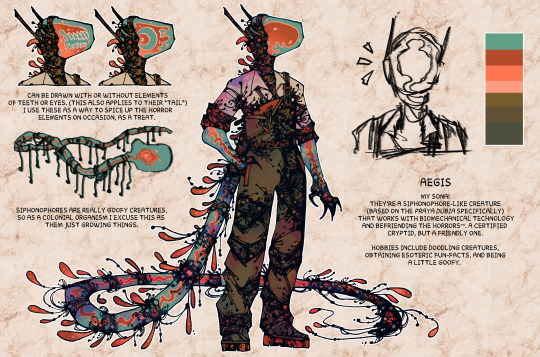
Artfight in 4 days so I'm finishing up my last few refs (I've got 1-2 after this?)
Anyways, self-indulgence time. I've been meaning to make an artist sona type thing for ages (and started thinking about it again when drawing my spidersona thing). But having my favorite creature as a siphonophore made workshopping a design a bit of a struggle.
Thankfully the worms in my brain give me many good ideas.
#my art#artists on tumblr#siphonophore#artist sona#reference sheet#every day I wake up and think about cool sea creatures#it is a good life
1K notes
·
View notes
Text
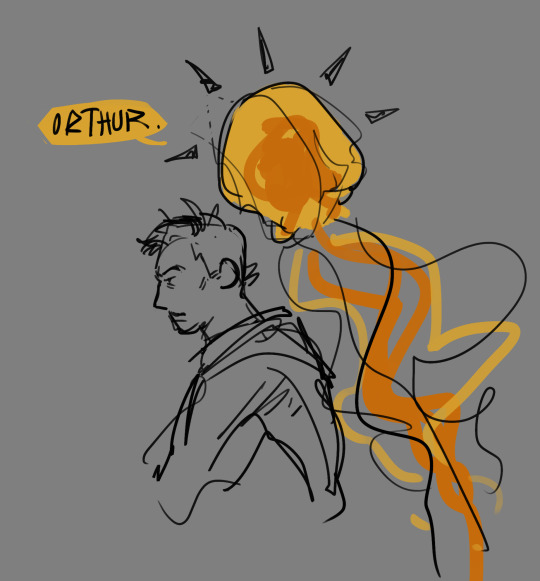
please consider jellyfish john,, for me 🥺?
#i lvoe every interpretation and representation of him#here is my take#a big jellyfish#malevolent#i honestly dont know if this is a joke or not#if i dont think about it too hard i like the concept but i dont know much about jellyfish so idk if its smth that could make sense if you t#hought deeper on the topic#to me jellyfish are just so unknowable and weird and cool and silly. like john#my art#doodle#humor me with this one i am so eepy rn HJHASHgsg#ive been thinking so much about sea creatures recently this was bound to happen help
539 notes
·
View notes
Text



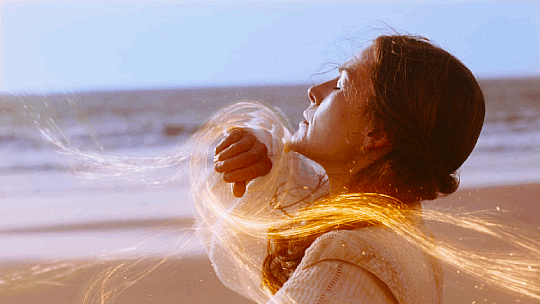


Your body no longer feels like your own.
#the wheel of time#wot on prime#wot show spoilers#moiraine damodred#wot edit#wot s2 spoilers#mygifs#mine: wot#you're a cool one#I have a backlog I know#I retract what I said about the gateway opening channeling#this was the bookend to the season opening for her#the contrast between Moiraine curled up in the water#the perfectly still water#her hands moving like slab of stone not belonging to her anymore#her palm breaking the surface with barely a gesture because everything is so narrow now#and Moiraine in the finale lost in this beautiful dance#hands alive#the waves disrupted by her weaves so powerful they break the surface like sea creatures racing underwater#the vastness of the shore#the open air#THIS SHOW
610 notes
·
View notes
Text

Have you ever seen marine life as wicked as this in the aquarium?
Nah I didn't think so!
I'll be selling these as stickers locally in the next week, more information on that later!
#gachacat#gachacatart#marine life#sea creatures#coelacanth#octopus#spotted garden eel#sea bunny#shrimp#hammerhead#shark#aquarium#stickers#skateboarding#so rad#so cool#so fish#cute animals#aquatic life
317 notes
·
View notes
Text






sharkie time




#kodaswrld moodboard#dividers by kodaswrld#divider by me#shark#shark week#san jose sharks#i love sharks#whale shark#sea creatures#great white shark#marine life#marine animals#sharkie#sharkie time#cute sharks#sharks are cool#sharks lb#sharks art#sharks are smooth#marine biology#shark pfp#cute shark pfp#sharkie pfp
113 notes
·
View notes
Text
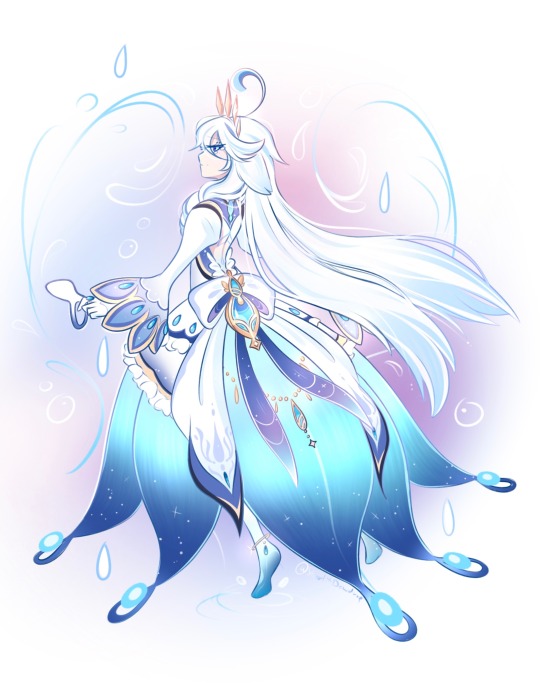
focalors with her giant ballroom gown oceanid fins from the concept art! doodled from memory so she’s a mix of canon foca/furi too here~!🪞🫧
#furina#focalors#genshin impact#art tag#i love her smmmm i rly hope we get to see this form#its so cool wehhh my beloved sea creature focafuriiii
246 notes
·
View notes
Note
Any fun facts about basking sharks? (Really big sea puppies)

Cetorhinus maximus or Basking Shark
These are the second largest shark and fish in the world (after the whale shark), they can grow to be 12 m (40 ft) long!
Also like whale sharks, they're ram filter feeders. This means that to catch prey, they simply open their mouths, swim forward, and catch whatever happens to get in their way! This is why they (and other ram filter feeders) tend to have such large mouths. The basking sharks mouth can be up to 1 m (3ft wide).

While sharks are mostly thought to be solitary creatures, a lot of species do school and the basking shark is one of them! They're usually divided by sex (except during periods of mating), and schools of over 100 females have been spotted!


And probably the coolest fact about them- THEY CAN JUMP OUT OF THE WATER. Despite weighing around 5,000 kg (approx. 11,000 lbs) they can breach 1.2 m (4 ft) into the air! It's believed they do this as a method to remove parasites.
#marine biology#marine ecology#animals#science#biology#animal facts#wildlife#marine life#ocean#fun facts#shark#sharks#basking shark#cool sharks#sea creatures#sea animals#marine animals#fish#chondrichthyes#cool animals#cute animals#ecology#zoology#ichthyology#whale shark#sea puppies
1K notes
·
View notes
Text
The Aasivarluit [Inuit mythology]!

The oceans have fascinated humans for millennia. As such, it is no surprise that a great many cultures from around the world have their own stories about scary and dangerous creatures from beneath the waves. One such being is the ocean-spider, or Aasivarluit, a massive monster from Inuit mythology.
As the appellation ‘ocean-spider’ implies, the Aasivarluit resembles a spider, albeit an unnaturally large one. It is a dangerous, giant animal and it was known to prey on unsuspecting kayakers by waiting underneath the surface of the sea and then pouncing upwards when a suitable victim appeared. In the absence of human prey, the monster was known to hunt walruses and seals for sustenance.
It doesn’t appear to be a common creature in Inuit mythology, in fact, all references I could find only mention one single story about the Aasivarluit:
A man was kayaking near the coast of Nuuk, the capital of Greenland (although it was called Godthåb back then). Suddenly he saw a massive object beneath the waves, which confused him greatly because he was familiar with this location and he knew that there was no shoal nearby. He then remembered stories about giant aquatic spiders, and quickly deduced that this must be the thing that suddenly appeared beneath his kayak. Indeed, he looked down into the water and saw a giant eye.
But the man was a skilled kayaker and he managed to get away safely. It is said that a less experienced kayaker would certainly have perished in his situation.
The idea of a giant oceanic spider that eats people might have originated as a cautionary tale (as in, don’t venture too far from the coast or the giant spider will eat you). While stories about giant animals are not uncommon in Inuit culture, the Aasivarluit is certainly a rather strange monster, considering that there are no marine spiders in real life (although there are freshwater spiders). Technically, sea spiders do exist, but they are spiders in name only: they belong to the class Pycnogonida whereas real spiders are Arachnida. They only share a vague resemblance (though there are some really pretty and weird sea spiders out there, I recommend googling them).
Sources:
Rink, H., 1974, Tales and Traditions of the Eskimo, Montreal, McGill-Queen’s University Press, first published 1875, 473 pp, p. 471.
Christopher, N., 2013, The Hidden: a compendium of arctic giants, dwarves, gnomes, trolls, faeries, and other strange beings from Inuit oral history, 191 pp, p. 134-135.
(image source: @another_maker on Instagram)
#monsters#sea monsters#aquatic creatures#Inuit mythology#bestiary#mythical creatures#creatures#giant spiders#spiders#mythology#seriously there are some really cool Pycnogonida out there#They don't eat kayakers though#at least not that I know of
86 notes
·
View notes
Text

WHALE SHARKS
biggest fish fr fr
#marine biology#marine science#sharks#ocean aesthetic#sea creatures#cool#cute shark#fun facts#facts#whale shark
868 notes
·
View notes
Text
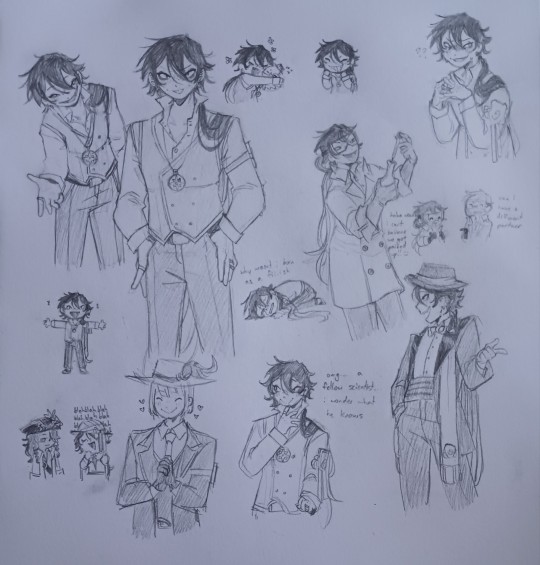
drops a new oc and leaves
#twst#twisted wonderland#twst oc#gawzdrawz#he doesnt have a name lmao#but hes cool#he's like. obsessed with sea creatures#and pirates and shit#likes to study people#but specifically the octatrio#they do not like him#because he's kind of invasive with questions#but he doesnt mean any harm
253 notes
·
View notes
Text
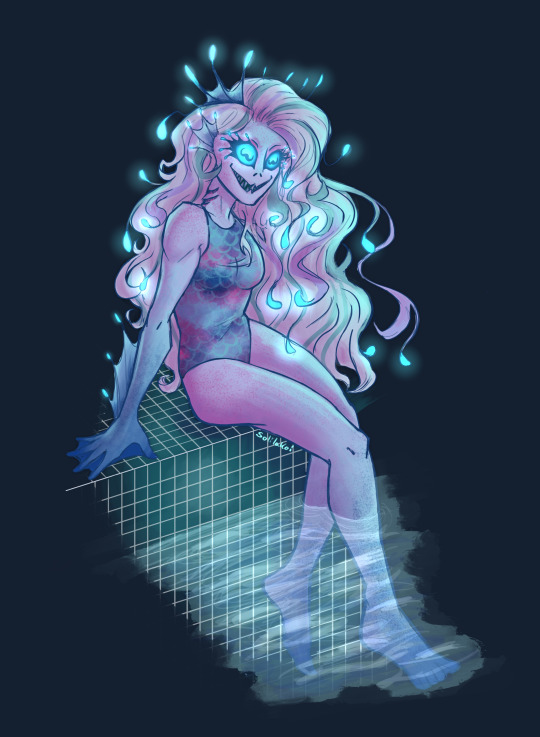
Lagoona Blue counts for mermay........... right.....?
#lagoona blue#mh fanart#monster high#monster high lagoona#artists on tumblr#my art#mh#monster high lagoona blue#I've been trying to figure out how to balance the elements of her g1 and g2 designs that I like#****G3 sorry typo#plus adding more deep-sea creature elements because I think that's fun :>#bioluminescence is such a cool aspect of deep sea biology#and I am. obsessed with it.#fun fact: her pupils here are based on cuttlefish! they help see in deep dark water!#I think the next time I draw her though I wanna add more lionfish elements... tropical deep sea fish#anyway im gonna stop rambling in tags now JKLFDJSAKLF#solstrix draws
101 notes
·
View notes